40 coupon rate for treasury bonds
Treasury Coupon Bonds - Economy Watch The most important advantage of treasury coupon bonds is that they let you create a stable source of income during a given year. The coupon rate can vary depending upon the structure of the bonds. Some negotiable bond types come with fixed interest rates while others come with variable coupon rates based on the floating interest rate. [br] What are coupons in treasury bills/bonds? - Quora Treasury bonds and bills have a coupon rate. The coupon rate is the interest rate on the par value of the bond that the bondholder receives annually. Since these securities almost never sell at par, the coupon rate almost never corresponds to the return the investor will receive by Continue Reading Louis Cohen , took Fischer Black's finance class
United States Rates & Bonds - Bloomberg.com Find information on government bonds yields, muni bonds and interest rates in the USA. ... Treasury Yields. Name Coupon Price Yield 1 Month 1 Year Time (EDT) GB3:GOV . 3 Month .
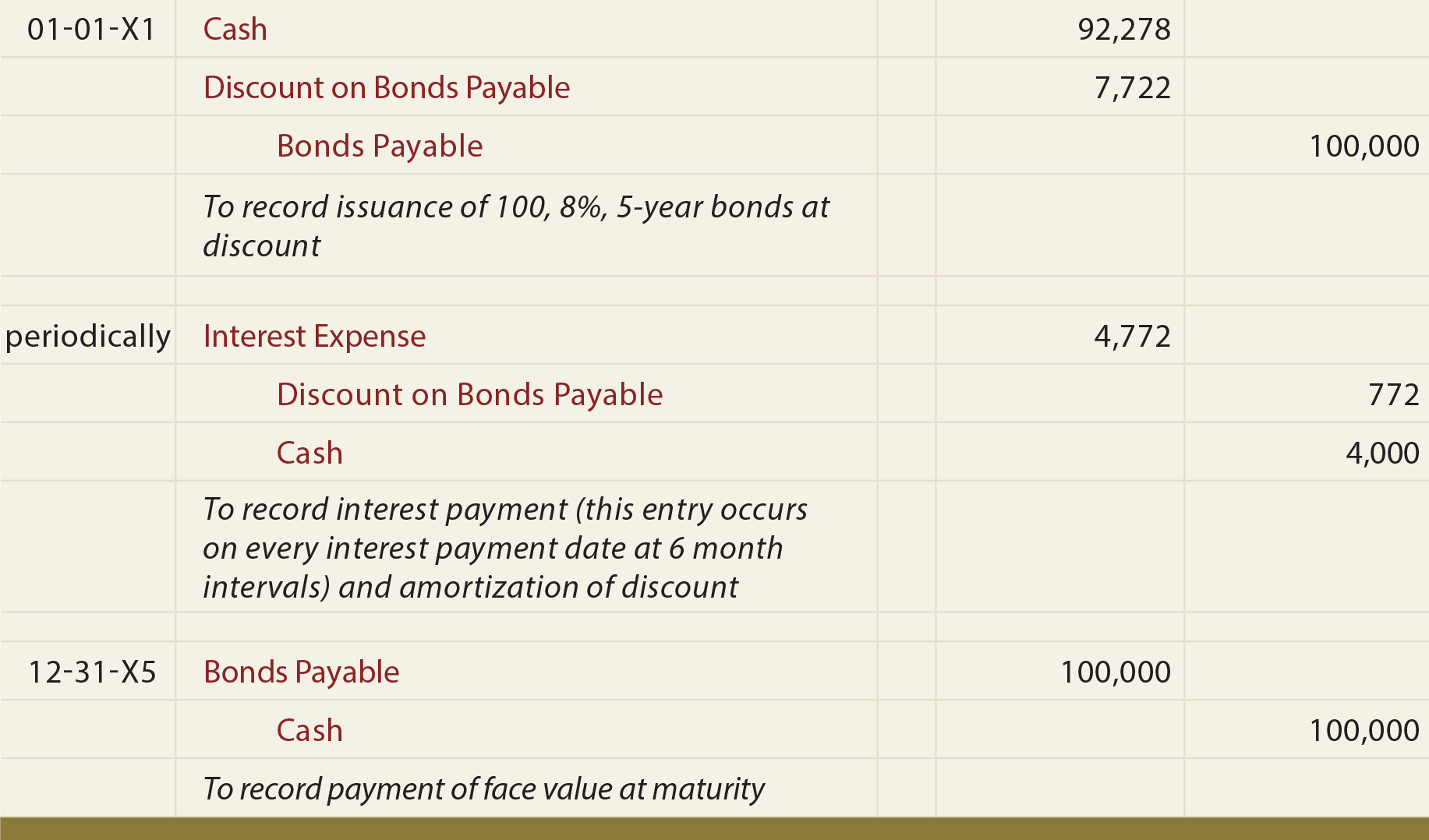
Coupon rate for treasury bonds
Treasury bonds paying an 8% coupon rate with semiannual ... bond's value = $1,000 (we choose the value) semiannual interest rate = 8% / 2 = 4% n = 2 semiannual coupons current yield = $1,000 x (1 + 4%)² = $1,000 x 1.0816 = $1,081.60 in order for a bond that pays an annual coupon to be sold at the same value, it must yield the same return = ($1,081.60 - $1,000) / $1,000 = 8.16% You might be interested in What Is the Coupon Rate of a Bond? A coupon rate is the annual amount of interest paid by the bond stated in dollars, divided by the par or face value. For example, a bond that pays $30 in annual interest with a par value of $1,000 would have a coupon rate of 3%. Regardless of the direction of interest rates and their impact on the price of the bond, the coupon rate and the ... Treasury Coupon Issues - United States Secretary of the ... Nominal TNC Data TNC Treasury Yield Curve Spot Rates, Monthly Average: 1976-1977TNC Treasury Yield Curve Spot Rates, Monthly Average: 1978-1982TNC Treasury Yield Curve Spot Rates, Monthly Average: 1983-1987TNC Treasury Yield Curve Spot Rates, Monthly Average: 1988-1992TNC Treasury Yield Curve Spot Rates, Monthly Average: 1993-1997TNC Treasury Yield Curve Spot Rates, Monthly Average: 1998 ...
Coupon rate for treasury bonds. Important Differences Between Coupon and ... - The Balance That means new Treasury bonds are being issued with yields of 4%. If an investor could choose between a 4% bond and a 2% bond, they would take the 4% bond every time. As a result, if you want to sell the bond with a 2% coupon, the basic laws of supply and demand force the price of the bond to fall to a level where it will attract buyers. Treasury Coupon Issues and Corporate Bond Yield Curves | U ... Treasury Coupon Issues Learn about the Treasury Yield Curves for Nominal and Real Coupon Issues (TNC and TRC yield curves) and The Treasury Breakeven Inflation Curve (TBI curve). Corporate Bond Yield Curve Papers and Data Learn about the corporate bond yield curve, and how it relates to the Pension Protection Act, by downloading these papers. How Is the Interest Rate on a Treasury Bond ... - Investopedia A Treasury bond pays a "coupon rate." This is the percentage return paid to the investor periodically until its maturity date. Treasury bonds also are traded in the market. As fewer payments remain... US Treasury Bonds - Fidelity Investments The coupon rate is fixed at the time of issuance and is paid every six months. Other Treasury securities, such as Treasury bills (which have maturities of one year or less) or zero-coupon bonds, do not pay a regular coupon. Instead, they are sold at a discount to their face (or par) value; investors receive the full face value at maturity.
Transcribed Image Text: Assume a 10-year Treasury bond has a coupon rate of 3.2 % and par value of $1000, and yield to maturity of 2%. Is this bond selling at a premium or discount? Explain why? 5. If the yield curve is flat, which bond offers a better yield to maturity? X or Y? Bond X is a 5-year bond, and bond Y is a 30-year bond. How does the U.S. Treasury decide what coupon rate ... - Quora The Treasury picks the coupon to the nearest 1/8th that prices the bond closest to par. E.g. if the implied 10yr Trsy yield is 2.03% when the auction happens, the Treasury would set the coupon as 2%. Simple as that. If the coupon were set to 6%, the bond would trade at a huge premium. Coupon Rate - Investopedia A bond's coupon rate is expressed as a percentage of its par value. The par value is simply the face value of the bond or the value of the bond as stated by the issuing entity. Thus, a $1,000 bond... Zero Coupon Bond - Investor.gov Zero coupon bonds are bonds that do not pay interest during the life of the bonds. Instead, investors buy zero coupon bonds at a deep discount from their face value, which is the amount the investor will receive when the bond "matures" or comes due. The maturity dates on zero coupon bonds are usually long-term—many don't mature for ten ...
Treasury Bonds vs Corporate Bonds - Moolanomy These bonds are most attractive when interest rates are very high. Treasury bonds are great for locking in a high rate of interest for an extended time. You can currently purchase a 30-year treasury bond yielding 1.33%, which is very low compared to its historical average. Individual - TreasuryDirect As of January 1, 2012, paper savings bonds are no longer sold at financial institutions. This action supports Treasury's goal to increase the number of electronic transactions with citizens and businesses. NEWS: The initial interest rate on new Series I savings bonds is 7.12 percent. You can buy I bonds at that rate through April 2022. Coupon Rate of a Bond (Formula, Definition) - WallStreetMojo The coupon rate of a bond can be calculated by dividing the sum of the annual coupon payments by the par value of the bond and multiplied by 100%. Therefore, the rate of a bond can also be seen as the amount of interest paid per year as a percentage of the face value or par value of the bond. Mathematically, it is represented as, Treasury I-Bonds are Paying 7.12%! The coupon rate, which is fixed at issuance, it multiplied by the new principal amount and paid every six months. The yield-to-maturity (often simply called the "yield") calculation incorporates the principal value, the coupon rate, and the time to maturity.
TMUBMUSD05Y - MarketWatch 5-year, 30-year Treasury spread shrinks to just 5 basis points and is on the brink of inverting amid aggressive government-bond selloff. Mar. 25, 2022 at 11:38 a.m. ET by Vivien Lou Chen.
financial literacy - Why bonds with lower coupon rates ... Bonds offering lower coupon rates generally will have higher interest rate risk than similar bonds that offer higher coupon rates. And: For example, imagine one bond that has a coupon rate of 2% while another bond has a coupon rate of 4%. All other features of the two bonds [...] are the same.

Practice problems - Consider a bond paying a coupon rate of 10 per year semiannually when the ...
What Is Coupon Rate and How Do You Calculate It? - SmartAsset Bond Coupon Rate vs. Interest. Coupon rate could also be considered a bond's interest rate. In our example above, the $1,000 pays a 10% interest rate on its coupon. Investors use the phrase coupon rate for two reasons. First, a bond's interest rate can often be confused for its yield rate, which we'll get to in a moment.
Understanding Coupon Rate and Yield to Maturity of Bonds To translate this to quarterly payment, first, multiply the coupon rate net of 20% final withholding taxes by the face value (1.900% x 1,000,000). Then, divide the resulting annual amount by 4. Here's a sample of how you can compute your expected coupon income from your bond: Php 4,750.00 is the income you can expect to receive quarterly.
Rates & Bonds - Bloomberg.com Find information on government bonds yields, bond spreads, and interest rates. Skip to content. Markets Rates & Bonds. ... Treasury 10-Year Yield Rises to 3% for First Time Since 2018.
Overview, Mechanics, Example - Corporate Finance Institute Treasury Bond Example Current Yield = 1 Year Coupon Payment / Bond Price = $25 / $950 = 2.63% Yield to Maturity (YTM) = 2.83% The yield to maturity (YTM) is essentially the internal rate of return (IRR) earned by an investor who holds the bond until maturity, assuming all coupon payments are made as scheduled and reinvested at the same rate.
Coupon Interest and Yield for eTBs - australiangovernmentbonds The Coupon Interest Rate on a Treasury Bond is set when the bond is first issued by the Australian Government, and remains fixed for the life of the bond. For example, a Treasury Bond with a 5% Coupon Interest Rate will pay investors $5 a year per $100 Face Value amount in instalments of $2.50 every six months.
How often do Treasury bonds pay interest? Nov 02, 2021 · What do Treasury bonds pay? Imagine a 30-year U.S. Treasury Bond is paying around a 1.25 percent coupon rate. That means the bond will pay $12.50 per year for every $1,000 in face value (par value)...
Coupon Rate On Treasury Bonds Coupon Rate On Treasury Bonds, Deals All Year New Jersey, Jw Marriott Bangalore Coupons, Aveeno Coupons March 2019, Scholastic Book Clubs Free Book Coupon Code, Halloween Shop Coupons, Legoland Toronto Coupon 2019.
Individual - TreasuryDirect The price and interest rate of a bond are determined at auction. The price may be greater than, less than, or equal to the bond's par amount (or face value). (See rates in recent auctions.) The price of a fixed rate security depends on its yield to maturity and the interest rate. If the yield to maturity (YTM) is greater than the interest rate, the...
Treasury Coupon Issues - United States Secretary of the ... Nominal TNC Data TNC Treasury Yield Curve Spot Rates, Monthly Average: 1976-1977TNC Treasury Yield Curve Spot Rates, Monthly Average: 1978-1982TNC Treasury Yield Curve Spot Rates, Monthly Average: 1983-1987TNC Treasury Yield Curve Spot Rates, Monthly Average: 1988-1992TNC Treasury Yield Curve Spot Rates, Monthly Average: 1993-1997TNC Treasury Yield Curve Spot Rates, Monthly Average: 1998 ...
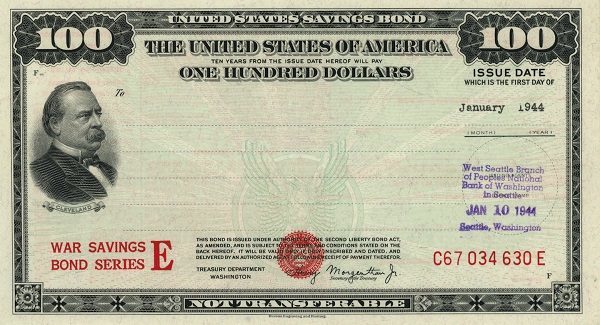
Financial strategist says 'The Great Crash of 2018' will start in bond market -- Society's Child ...
What Is the Coupon Rate of a Bond? A coupon rate is the annual amount of interest paid by the bond stated in dollars, divided by the par or face value. For example, a bond that pays $30 in annual interest with a par value of $1,000 would have a coupon rate of 3%. Regardless of the direction of interest rates and their impact on the price of the bond, the coupon rate and the ...
Treasury bonds paying an 8% coupon rate with semiannual ... bond's value = $1,000 (we choose the value) semiannual interest rate = 8% / 2 = 4% n = 2 semiannual coupons current yield = $1,000 x (1 + 4%)² = $1,000 x 1.0816 = $1,081.60 in order for a bond that pays an annual coupon to be sold at the same value, it must yield the same return = ($1,081.60 - $1,000) / $1,000 = 8.16% You might be interested in

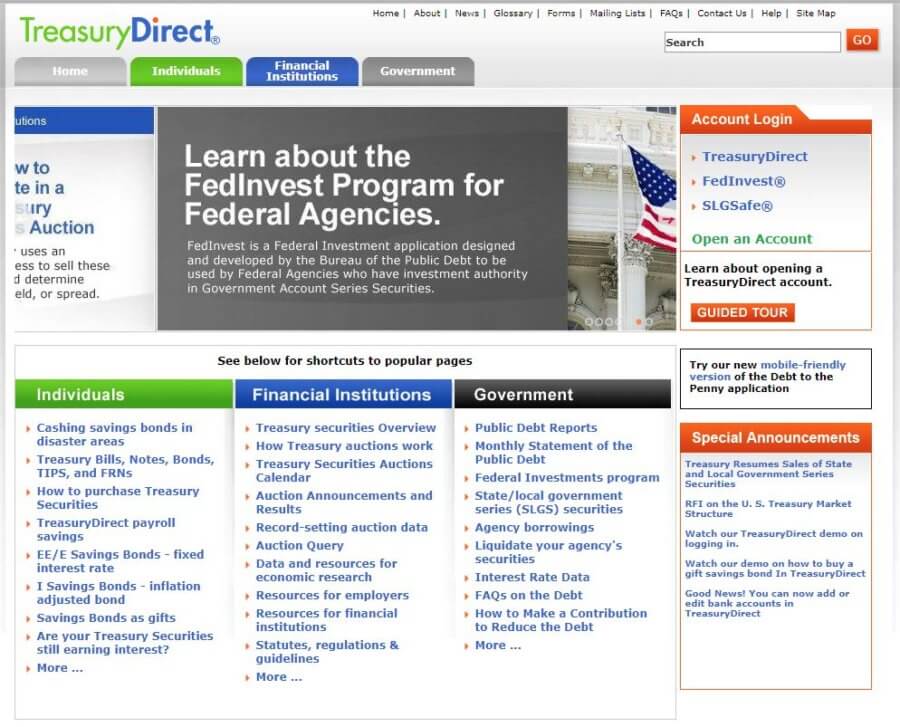
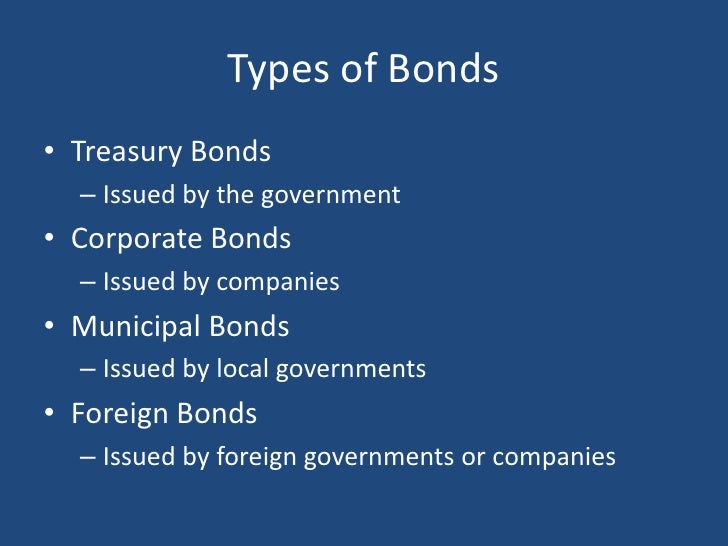

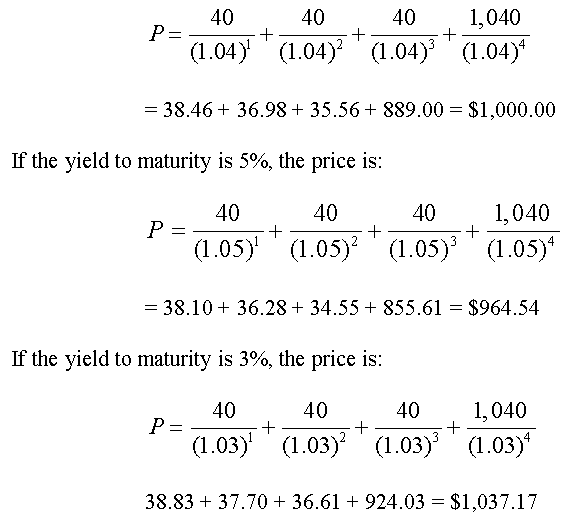






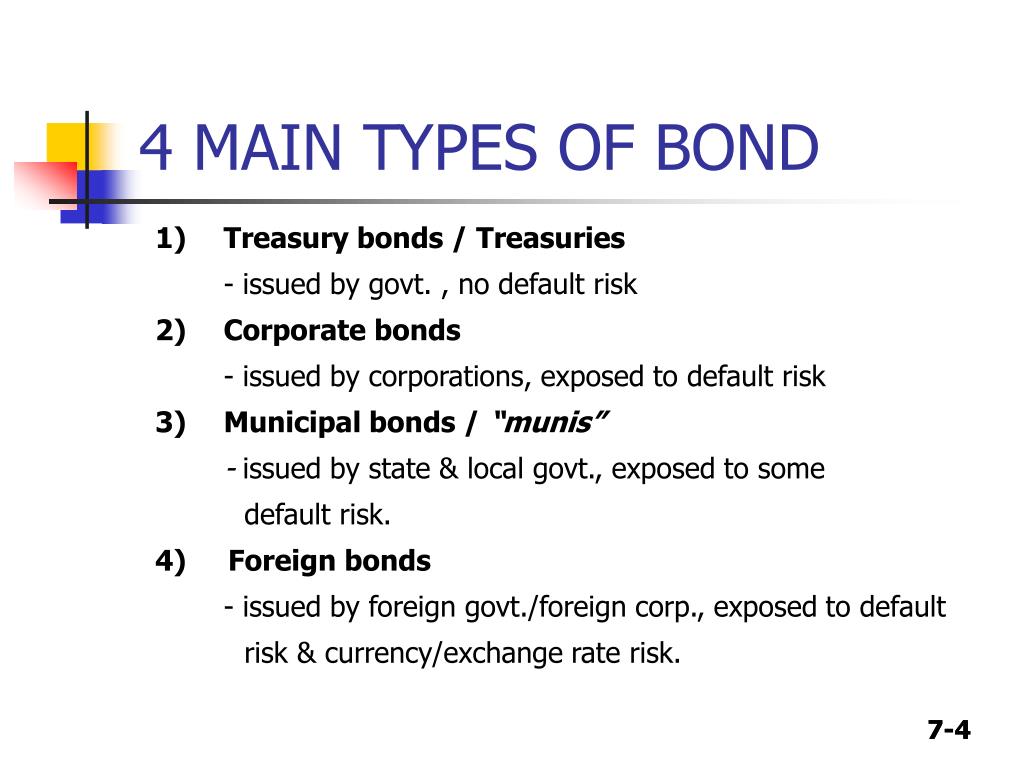

Post a Comment for "40 coupon rate for treasury bonds"